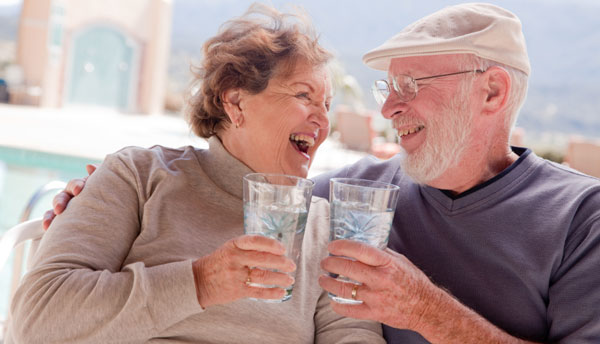Muscle cramping might be the first sign of heat-related illness, and may lead to heat exhaustion or stroke. Here is how you can recognize heat exhaustion and heat stroke and what to.
Symptoms — Heat Exhaustion — May Include:
- Heavy Sweating
- Weakness Fainting, Fatigue And Cramps
- Cold, Pale, And Clammy Skin, Feeling Thirsty
- Fast, Weak Pulse
- Nausea Or Vomiting
What You Should Do:
- Move to a cooler location.
- Lie down and loosen your clothing.
- Apply cool, wet cloths to as much of your body as possible.
- Sip water
- If the symptoms continue or worsen, seek medical attention immediately
Heatstroke is serious. Symptoms May Include:
- Confusion, Dizziness, Headache
- Trouble Breathing Rapid Strong Heartbeat, , And Changes In Blood Pressure
- Nausea, Vomiting
- High Body Temperature (Above 103°F)
- Hot, Red Flushed, Skin That Might Be Dry Or Moist Skin
- Rapid And Pulse
- Possible Unconsciousness
What You Should Do:
- Call 911 immediately — this is a medical emergency.
- Move the person to a cooler environment
- Reduce the person’s body temperature with cool cloths or even a bath
- Do NOT give fluids
Hydration
Did you know that if you’re feeling thirsty, you’re already mildly dehydrated? Relying on thirst as a reminder to take a drink leaves you at risk for dehydration. Staying hydrated in hot weather can help reduce the risk of heat-related illness. Keep water or sports drinks (with electrolytes) on hand to maintain hydration, and try to stay in a shady or air-conditioned location during the hottest parts of the afternoon.
Sunburn
- Regardless of age and skin type (whether or not you burn easily), the American Academy of Dermatology recommends that everyone, adults and kids alike, apply a water-resistant sunscreen that protects against both UVA and UVB rays every day of the year. Yes, even in winter and on cloudy days. Choose a sunscreen that is at least SPF 30 and apply it 15 to 30 minutes before going outside.
- When using sunscreen, apply as much as would fill a shot glass — and if you’re using both sunscreen and insect repellent, apply sunscreen first and then repellent.
- Avoid sun exposure during peak sun hours (10 AM – 6 PM).
- Wear protective clothing and a wide brimmed hat and sunglasses (with 99-100% UV protection).
Closely monitor seniors who depend on you for their care:
- Are they drinking enough water?
- Do they have access to air conditioning?
- Do they know how to keep cool?
- Stay in air-conditioned buildings as much as possible. Contact your local health department or locate an air-conditioned shelter in your area.
- Drink more water than usual and don’t wait until you’re thirsty to drink.
- Check on a friend or neighbor and have someone do the same for you.
- Don’t use the stove or oven to cook—it will make you and your house hotter.
- Wear loose, lightweight, light-colored clothing.
- Take cool showers or baths to cool down.
- Check the local news for health and safety updates.
- Seek medical care immediately if you have, or someone you know has, symptoms of heat-related illness like muscle cramps, headaches, nausea or vomiting.

